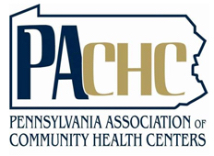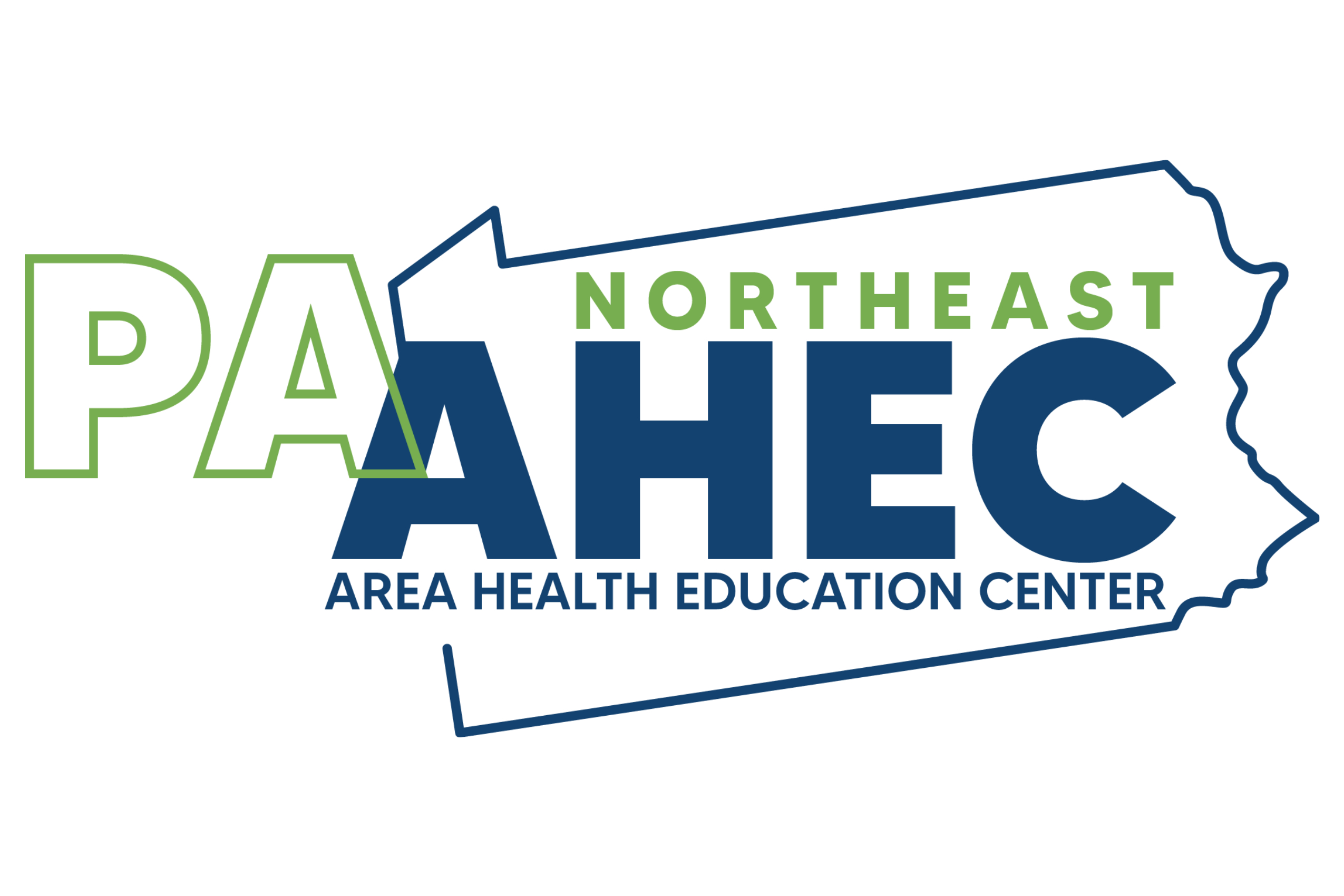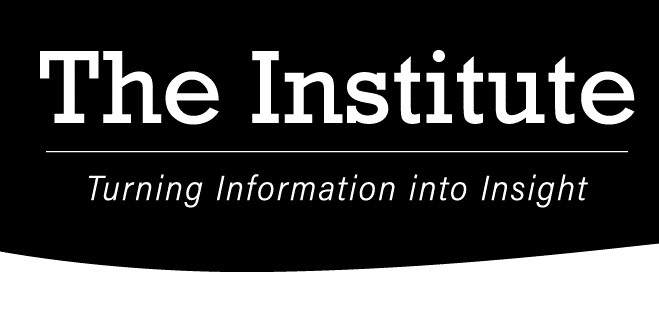What are unconscious biases?

Unconscious biases. They are everywhere, and we all have them. These biases are social stereotypes or prejudices about certain races, ethnic groups, gender identities, sexual orientations, physical abilities, and more that individuals form outside of their own conscious awareness, according to Diversity Resources.
The National Institute of Health defines implicit bias as “a form of bias that occurs automatically and unintentionally, that nevertheless affects judgments, decisions, and behaviors.” Unconscious or implicit bias are interchangeable, and often come with unintended discriminatory consequences. Even if we are committed to equality, we must understand that unconscious biases do still influence our actions and can negatively impact the way individuals are treated. The structural inequities can be harmful toward members of marginalized communities, individuals living with disabilities, Black, Indigenous, and people of color (BIPOC), and others.
“Bias can cause people to see harmless objects as weapons …”
Keith Payne, Laura Niemi and John M. Doris, authors
“Scientific American”
Some examples of implicit bias can include:
- A person being seen by a medical professional appears to be healthy, but the doctor may assume this individual does not need treatment upon first assumption. However, underneath the surface the patient may have a physical or mental disability that may not be externally visible.
- An employer interviews two candidates for a position; one is younger and the other is significantly older. The employer makes an automatic assumption that the younger candidate is more fit or the best suited for the job, not consciously becoming aware of the older individual’s skills and background.
Can you think of a time when you had implicit bias?
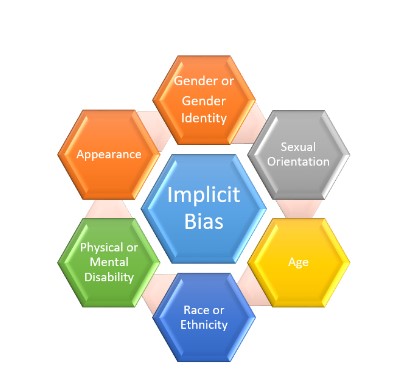
Cognitive dissonance, which refers to a situation involving conflicting attitudes, beliefs, or behaviors, can also drive implicit bias, as well as racism.
Take for example, you’re driving down the street and see a Black Lives Matter poster in front of a home, and you think to yourself, “white lives matter, too.” You feel the need to defend yourself to reduce your uncomfortable feelings. This scenario challenges your belief system.
Be aware: You are justifying racism. You are discrediting racist acts. Ask yourself. Why are you having this reaction? Why do you feel this is important? Again, is it to make you feel better? Then it is likely cognitive dissonance.
What can be done about unconscious biases?
- Test yourself: Take Harvard University’s Implicit Association Test (Click here). By taking the test, we can increase awareness about our own unconscious biases.
- Self-discovery: If you are surprised about your results, embrace the opportunity to explore where these implicit biases may have originated. What do you have to counteract those thoughts?
- Curiosity: Ask WHY multiple times. Recognize a time in which you had an unconscious bias and walk towards your discomfort. Continue to develop your emotional granularity – the ability to recognize and describe all emotions as they are the key to unlocking your mental framework. The more we understand ourselves, the deeper we can meet others.
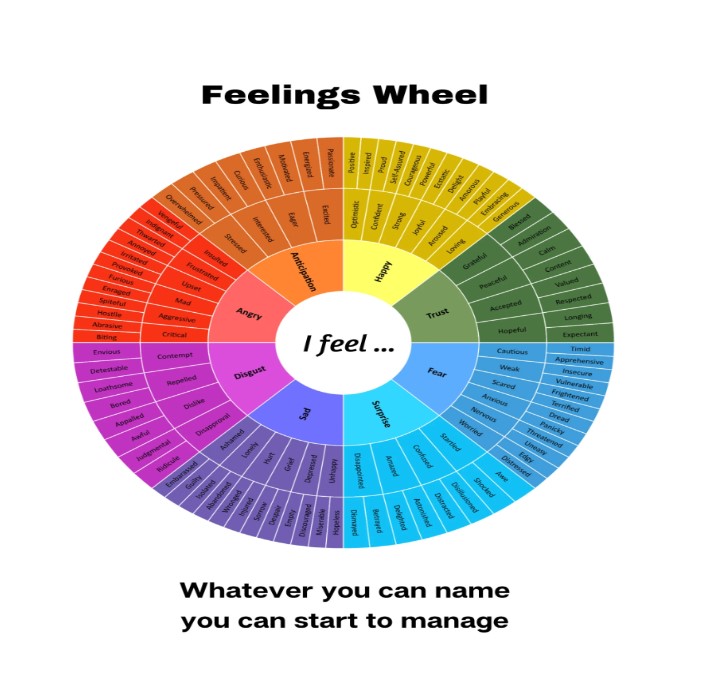
4.) Empathy: Imagine yourself in another person’s shoes to view things from a different perspective and to practice compassion (both for yourself and others).
5.) Create safe spaces: When others feel comfortable to express, we create more willingness and courage to discuss difficult topics.
6.) Advocate: If you see something that is unjust, speak up! Each and every individual can make a difference.
Why does this matter?
You may not experience the impact of damaging stereotypes as strongly if you are in a position of privilege. You may feel these factors are stacked against you if you belong to a commonly stereotyped or marginalized group. Everyone should act and commit ourselves to change. We must create belonging, inclusion, and diversity – both in our workplace and in our communities in which we live. We may not always be aware of where these biases come from, but we can always change the actions we take in response to them.
Thank you for reading our monthly Diversity, Equity and Inclusion blog. As our DEI journey continues, we will seek fresh voices in which to address different subject matters. I look forward to partnering with everyone in our nonprofit enterprise as we explore difficult issues and gain understanding and justice for everyone along the way.
Thank you,
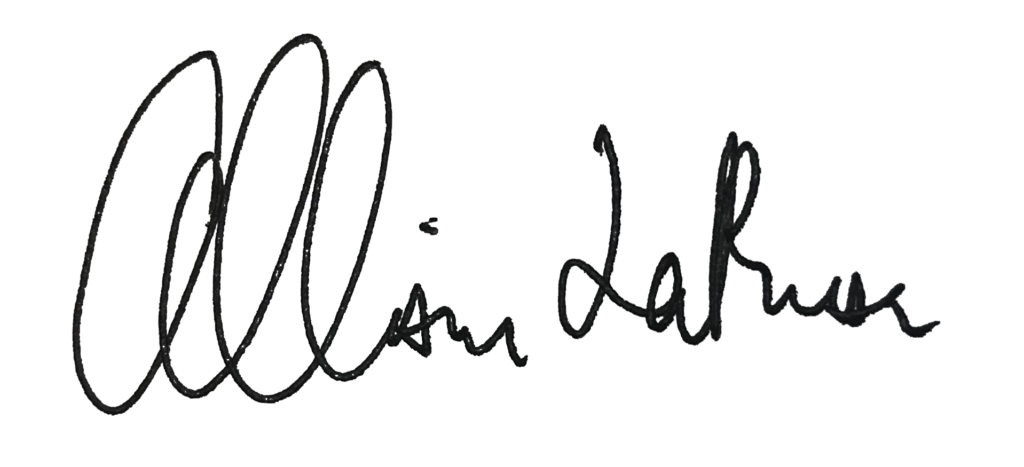
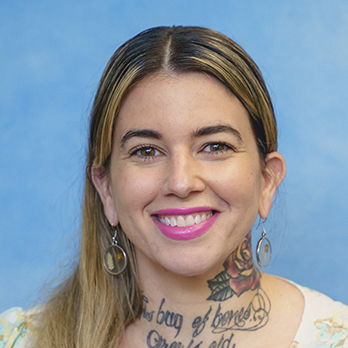
Allison LaRussa, B.A., CPS, RYT
Director, Health Humanities
The Wright Centers for Community Health and Graduate Medical Education


